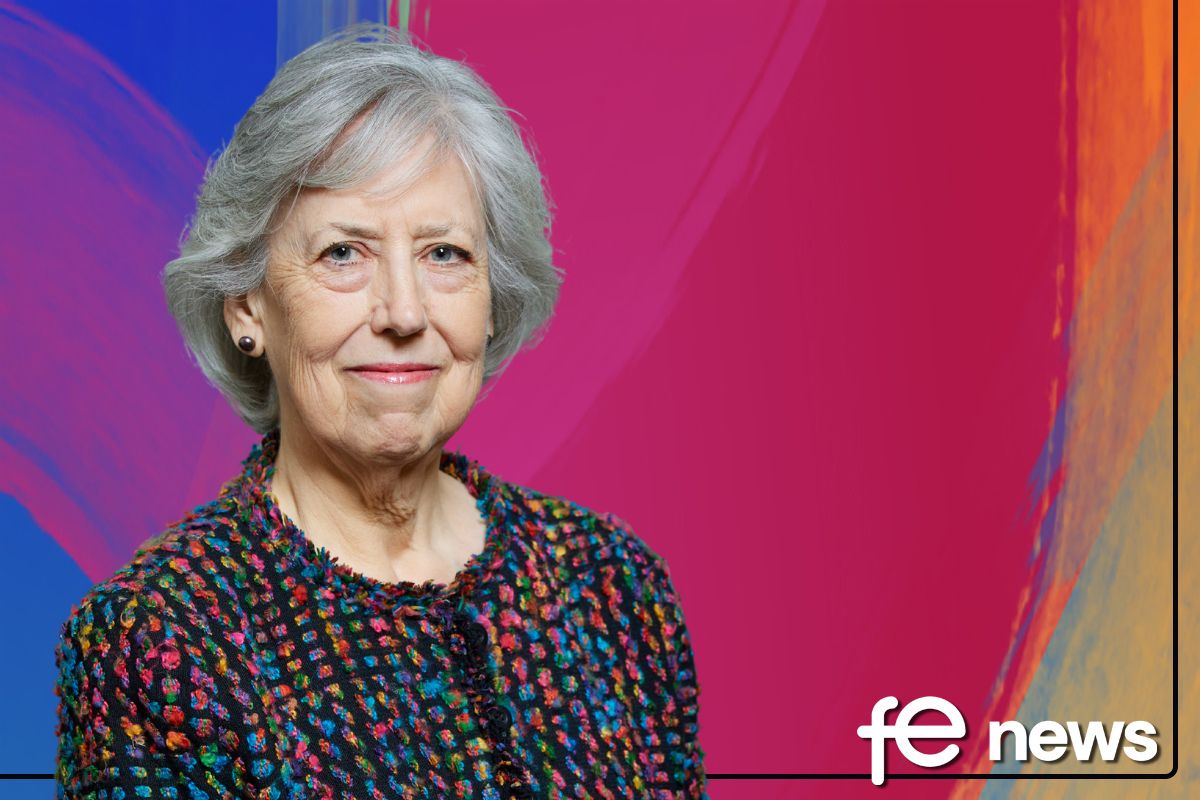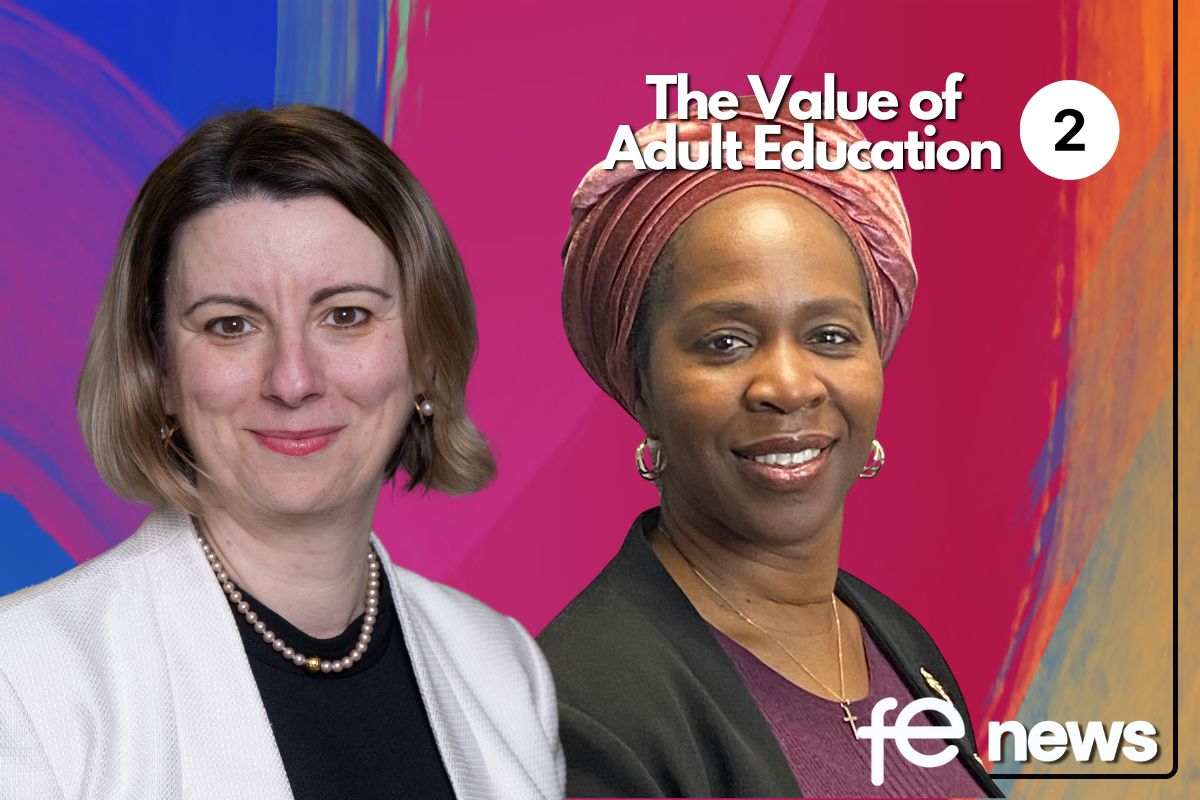Going Digital: the importance of developing a global mindset

Our research with a stratified sample of 40 FE and skills providers across 60 indicators in 2014/15 found that the use of education technologies, blended and online learning is currently low in the FE and skills sector with less than 20% of provision delivering 10% online. One of the quick fixes Colleges are currently using to meet the 10% online element in their delivery is to buy in elearning products from third party suppliers which do not use or engage their own workforce. Many of these products do not have any teacher engagement and rely on learners to be completely self-motivated to complete and achieve with resulting low success rates. Whilst this might be a quick and cheap answer in the short term the only real solution over the next 5 years is for the whole institution to change.
Key drivers such as area reviews, funding cuts, the impact of technological change, changing government policy and the potential for growth by reaching out to new learners in non-traditional ways will impact on institutional strategies. I am becoming more convinced that the only way we are going to reach the broad range of learner groups particularly adults efficiently and effectively is to ‘Go Digital’. However our research has highlighted that the ‘people’ issues are the major barrier to developing and implementing a coherent digital learning strategy. The research highlighted that leaders and managers lacked the skills to develop and implement a coherent digital strategy coupled with a large proportion of teachers/trainers who did not have sufficient digital literacy skills.
Whilst we can bemoan this situation and demonise the ‘Baby Boomers’ and ‘Generation X’ in the sector’s workforce perhaps we might be better looking for inspiration from what works in other nations across the world. Teachers and managers in our experience have the same hopes, fears, strengths and weaknesses the world over. Over the last three years we have been collaborating with colleges in USA, Canada and Australia to try and understand how they have been more successful in ‘Going Digital’ and expanding the delivery of online and hybrid (blended) learning.
In North America over 20% of all community college enrolments are fully online (100%), 60% are hybrid/blended learning (10%-90% online) and less than 20 % are purely face-to-face. Online enrolments have had the fastest growth with around 7.6% annually whilst face-to-face enrolments have been declining. There are differences between the UK FE system and the Community College system inasmuch as there is much greater delivery to adults on foundation studies, retraining and higher level work in North America. The High School system retains students until 18 consequently the average age of a student is 29 compared to our sector which still has a high preponderance of 16-18 year olds.
Roll forward 5 years though and as schools and academies retain more and more young people to 18 with the rise in the school leaving age then what will be the profile of the student body in our sector? As the cost of delivery goes up and funding declines there has to be new solutions to delivering high quality learning in innovative and engaging ways. Adults and young people want flexible, accessible, cost-effective and high quality learning solutions to achieve their career aspirations.
One of the global challenges though is how to deliver high quality online learning that supports student engagement, retention and achievement. ‘Quality Matters‘ is a widely used quality rubric for assessing the quality of online courses across North America. ‘Quality matters’ provides a rubric to evaluate the quality of online courses. The three elements that are measured across a range of indicators is how good is the student to teacher relationship; student to student engagement and student to content interface in the online space. Courses are graded before they gain approval to be run. Learning analytics are widely used to track student engagement and an individual teacher is responsible for managing an online group both synchronously and asynchronously. Teacher presence and excellent elearning design is therefore essential.
In our review of global delivery there are no quick fixes. It is all about developing a coherent strategy; developing leaders and teachers; creating high quality online learning and embedding a digital delivery model as part of the core business.
Christina Conroy OBE is development director at Coralesce, a curriculum development, eLearning design and project management agency specialising in the use of technologies in the FE and skills sector











Responses